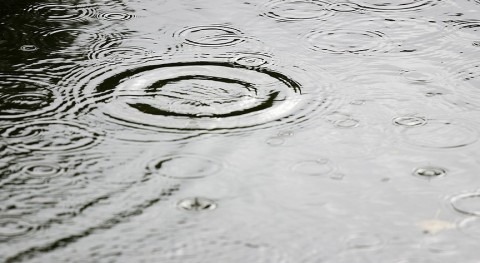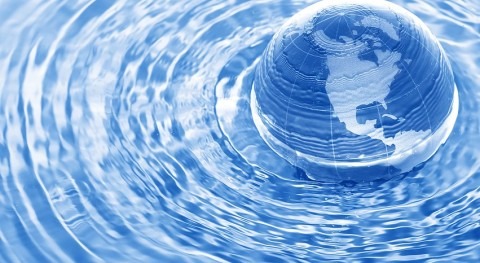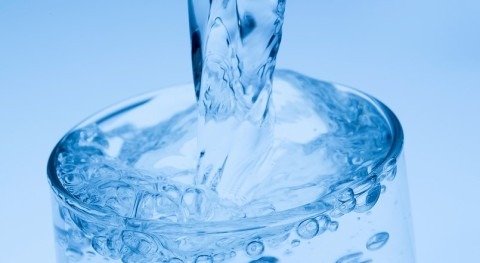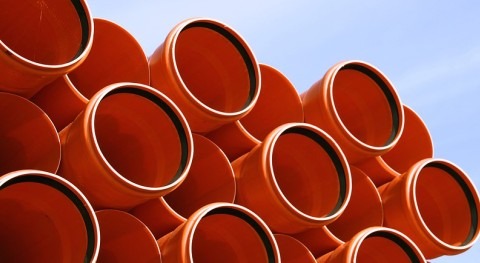We’re all very well aware by now of the impact that human activity is having on the planet but one issue often flies under the radar where environmental issues are concerned and that’s the pressure that is being put on the world’s fresh water resources.
Water itself covers 70 per cent of the earth’s surface but, unfortunately, 97 per cent of this is saltwater and can’t be used for drinking or irrigation, so we have to do all we can to protect the three per cent that’s left to keep us all alive and for us to continue living in the way in which we’ve become accustomed.
While consumers can do a lot to help reduce their own individual impact on the environment, the most significant changes have to come from big-name brands – and it seems that Microsoft, one of the biggest companies in the world, has now woken up to the problem of water stress and scarcity, pledging to take action now to reduce its water footprint as a business.
As the company observes, in order to get ahead of the global water crisis, the amount of water used to operate economies and societies has to be reduced, as well as efforts made to ensure that there are sufficient water resources where they’re needed the most.
So what is Microsoft itself doing to be more responsible for its own water use? In the last 12 months alone, the company has committed to becoming a carbon negative zero waste brand, pledging to become water positive by 2030.
What this means is that it will be replenishing more water than it uses, putting more water back in stressed basins that the company’s global water consumption across all basins.
Strategies to achieve this include investing in wetland restoration projects and removing impervious surfaces like asphalt, which will help divert water back into the basins.
Writing on the company blog, president of Microsoft Brad Smith said: “More momentum is clearly needed. Today, according to United Nations Water, more than two billion people lack access to safe drinking water. And climate change is only intensifying this water shortage.
“The UN estimates that one in four people may live in a country affected by chronic shortages of freshwater by 2050. According to the World Bank, this climate-induced reduction in freshwater availability, coupled with increased demand, could reduce water availability in cities by more than 66 per cent by 2050.”
If all this has given you the motivation to review your business’s water consumption and usage, having a water audit carried out across your site will show you just how much you’re using and where.
Once you know this, you can then work out how to adopt more sustainable approaches and decide which strategies would be most appropriate for your company.








